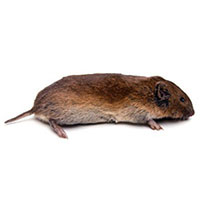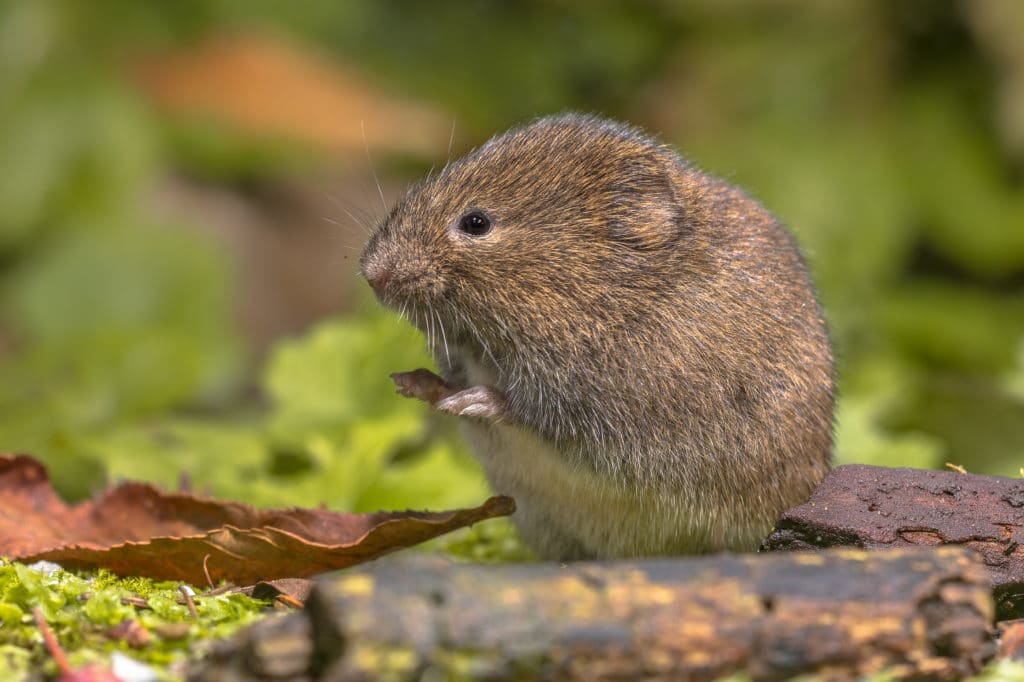Proven Vole Control Methods to Safeguard Your Property
Proven Vole Control Methods to Safeguard Your Property
Blog Article
Comprehensive Guide to Reliable Vole Pest Control: Problem Identification and Therapy Approaches
In the world of effective insect control, vole invasions pose a special difficulty that requires a calculated approach. These little rodents, commonly incorrect for computer mice, can ruin gardens, grass, and crops if left untreated. Identifying the indications of vole presence and executing targeted therapy techniques are crucial components of an effective parasite management plan. By discovering the subtleties of vole behavior, recognizing essential signs of problem, and examining a variety of control options, one can establish a detailed strategy to combat these elusive bugs.
Comprehending Vole Habits
Vole actions is identified by their tunneling routines and fast recreation prices, making them a difficult insect to manage properly. These tiny rats usually produce elaborate tunnel systems underground, using them for sanctuary, food storage space, and transport. Voles are herbivores, taking in a range of plants, turfs, roots, and light bulbs, which can trigger significant damage to gardens, orchards, and lawns. Their fast reproductive price further complicates control initiatives, with ladies efficient in generating numerous trashes in a single year, each containing several offspring.
Voles are most energetic during the morning and evening hours, investing the majority of their time foraging for food. Their tunneling practices not just disturb grass and yards yet likewise make them testing to remove and find. Recognizing vole habits is essential for reliable insect control approaches. By identifying their burrow places, monitoring feeding areas, and applying targeted control methods, such as trapping or environment alteration, vole infestations can be handled successfully.
Indications of Vole Invasion

Avoidance Techniques
Implementing effective avoidance methods is crucial in decreasing vole problems and securing greenery from their destructive feeding behaviors. To stop vole problems, it is necessary to start by removing prospective food sources and sanctuary.
Routinely checking the home for indications of vole task, such as paths and burrow openings, is crucial for very early detection and punctual action. If vole task is thought, consider using catches or repellents strategically placed near their pathways.
Non-Lethal Control Techniques
To successfully take care of vole populaces while focusing on gentle approaches, non-lethal control techniques provide sensible services for decreasing vole damage in landscapes and gardens. One reliable method is the usage of physical barriers such as hardware towel or wire mesh to shield prone plants. These obstacles can be buried a minimum of 12 inches curved and deep at a 90-degree angle to avoid voles from burrowing below. Additionally, habitat modification can discourage voles by minimizing their chosen food sources and hiding places. Keeping a well-mowed yard, removing debris, and maintaining plants trimmed can make the environment much less enticing to voles.

Lethal Control Options
One effective approach for resolving vole invasions in landscapes and vole control yards includes the tactical usage of deadly control options. When encountered with a serious vole infestation that non-lethal approaches have fallen short to consist of, executing lethal control steps comes to be vital. Generally, when utilizing lethal control alternatives, it is vital to do so responsibly and in conformity with local laws to successfully handle vole problems.
Verdict
Finally, effective vole bug control requires a thorough understanding of vole behavior, recognition of signs of problem, implementation of avoidance strategies, and application of both dangerous and non-lethal control methods. By integrating these approaches, people can properly manage vole populaces and protect their home from damages. It is very important to attend to vole invasions immediately to stop further problems and lessen the effect on the surrounding environment.
Given the complex passage systems and quick recreation rates characteristic of voles, acknowledging the signs of vole problem becomes important in reliable pest control. One of the main indicators of vole visibility is the visibility of surface area runways or trails in grass or snow, usually regarding 1-2 inches large, developed as voles take a trip in between their burrows and food resources.To properly take care of vole populaces while prioritizing humane methods, non-lethal control methods use functional options for lowering vole damages in yards and landscapes.One efficient method for attending to vole invasions in gardens and landscapes involves the tactical use of dangerous control alternatives. vole yard damage.In final thought, reliable vole bug control needs a detailed understanding of vole habits, identification of signs of invasion, implementation of prevention strategies, and usage of both deadly and non-lethal control techniques
Report this page